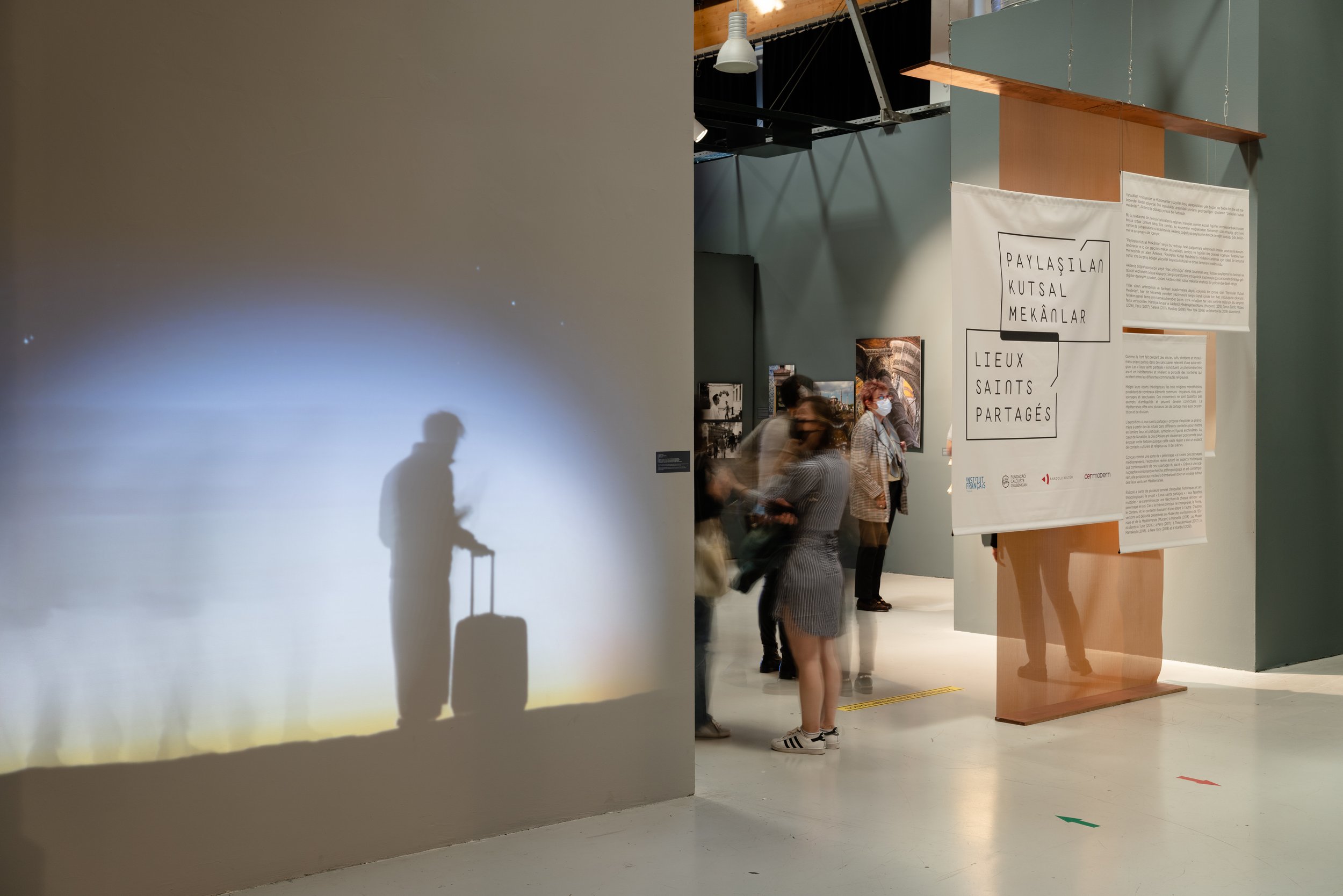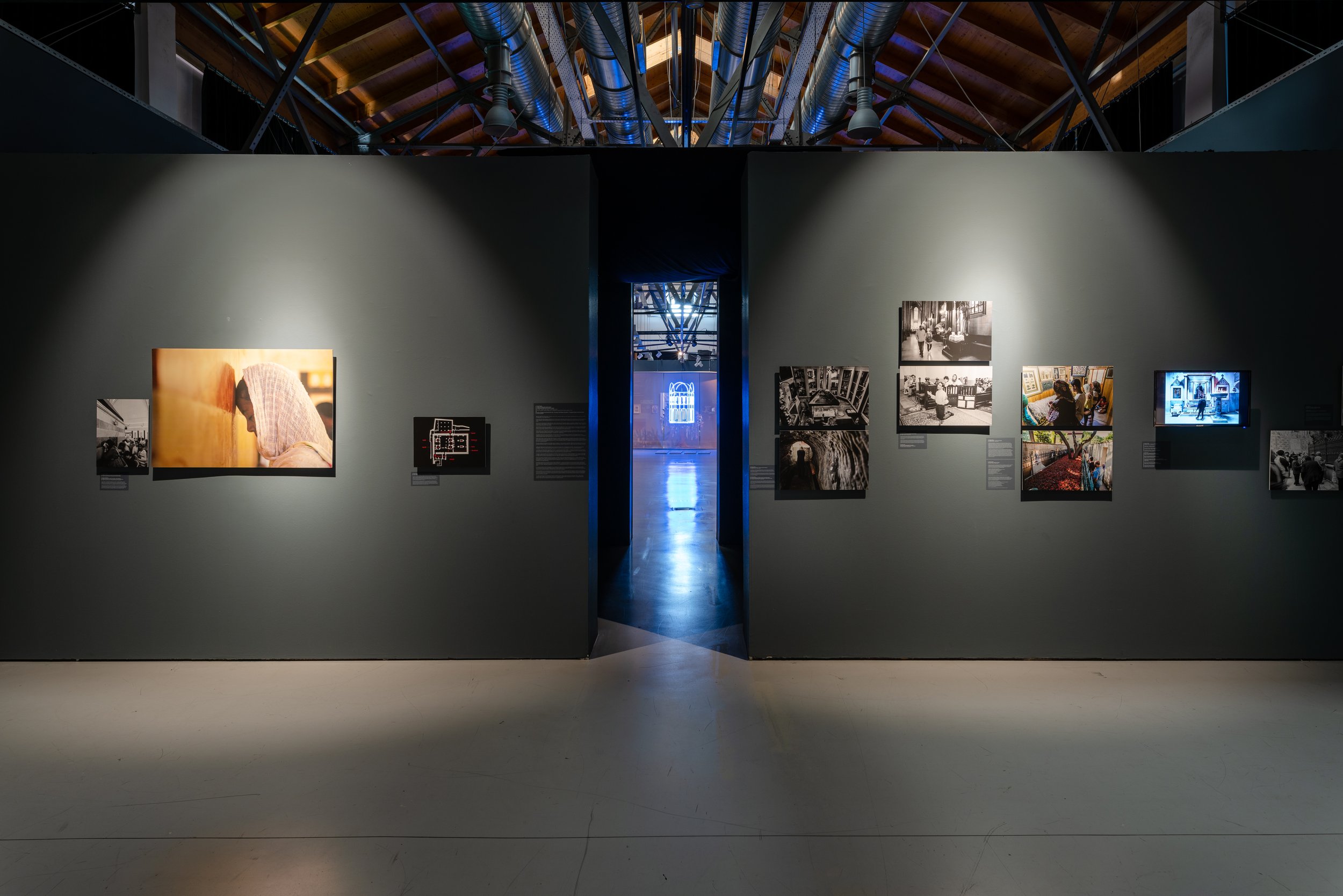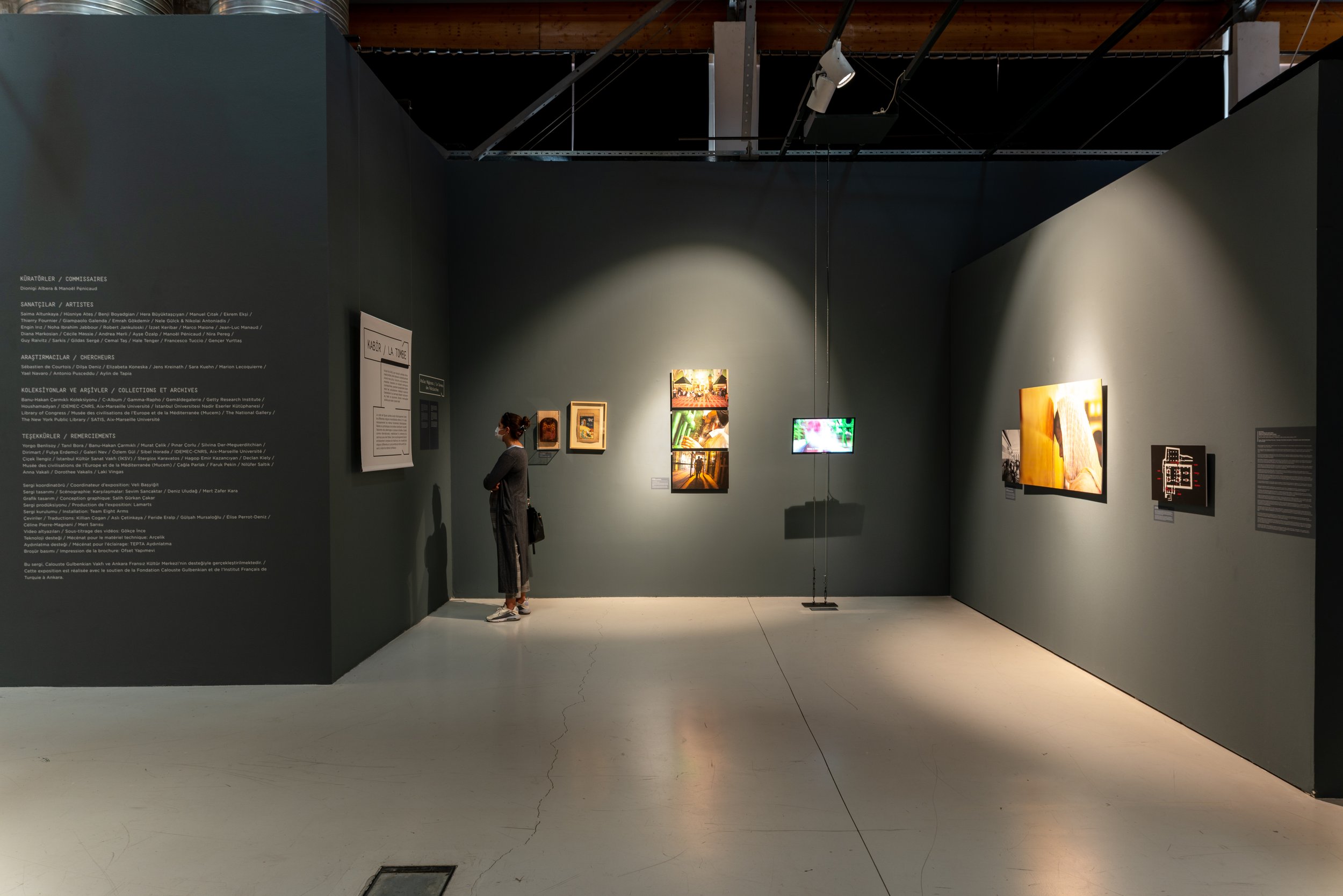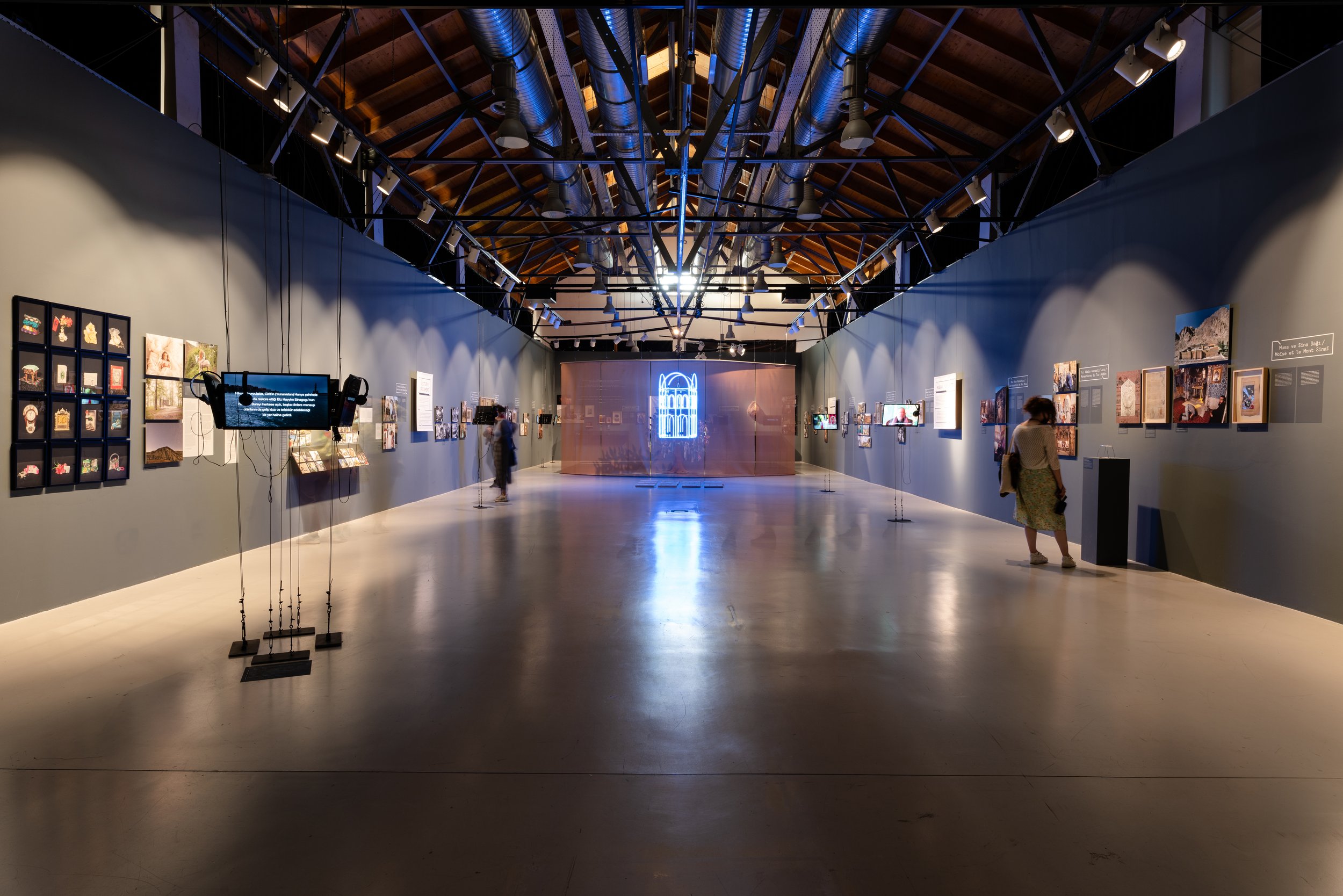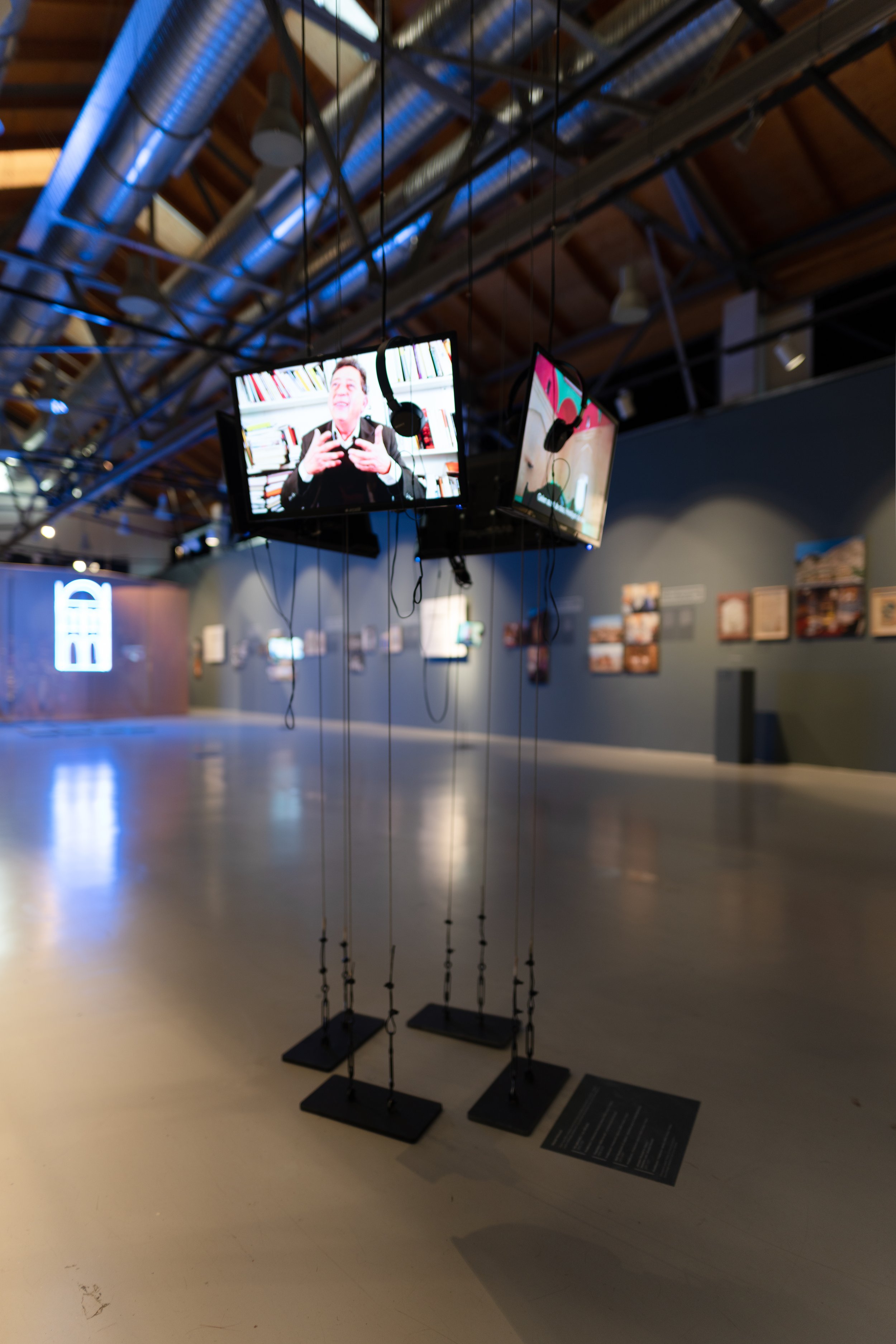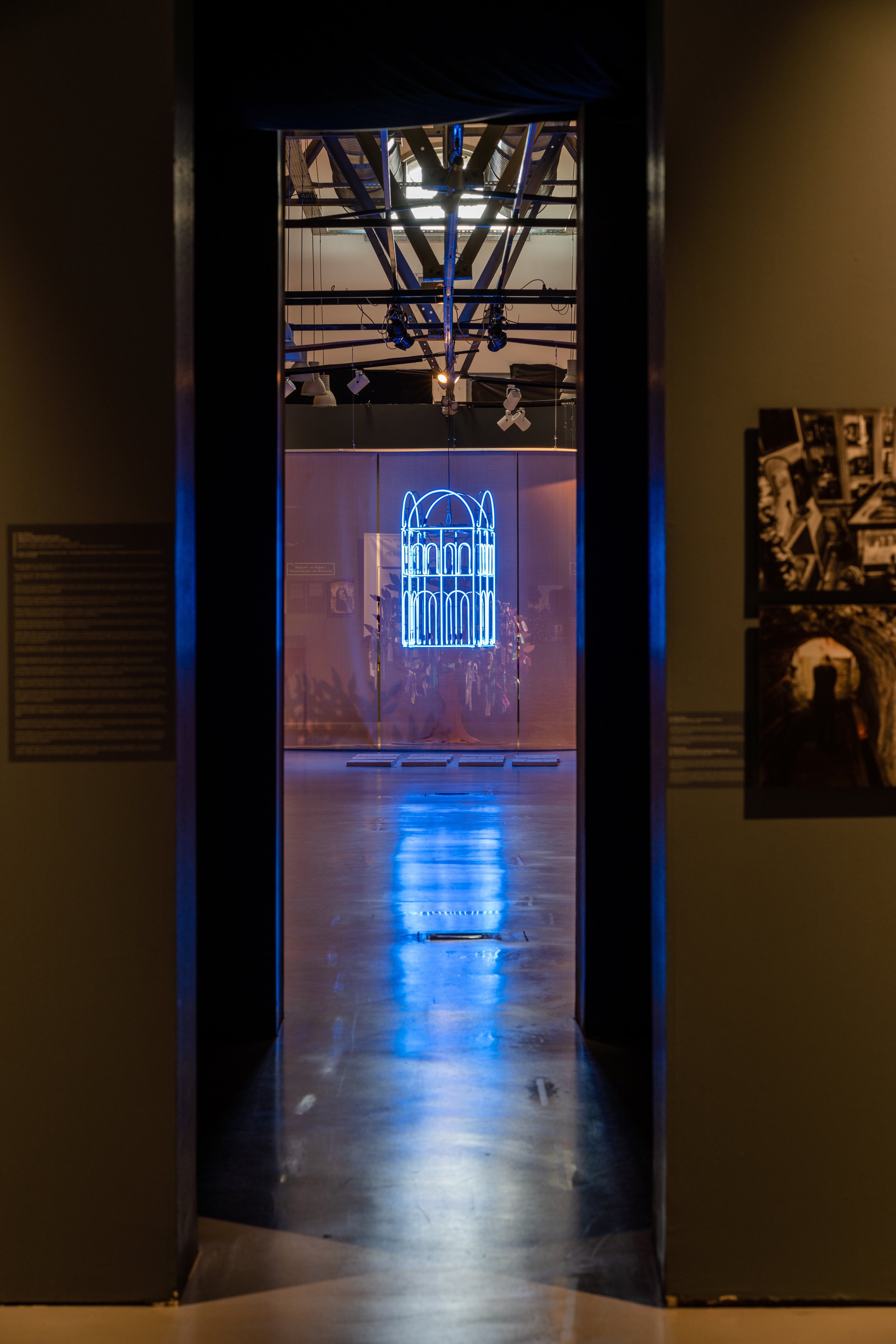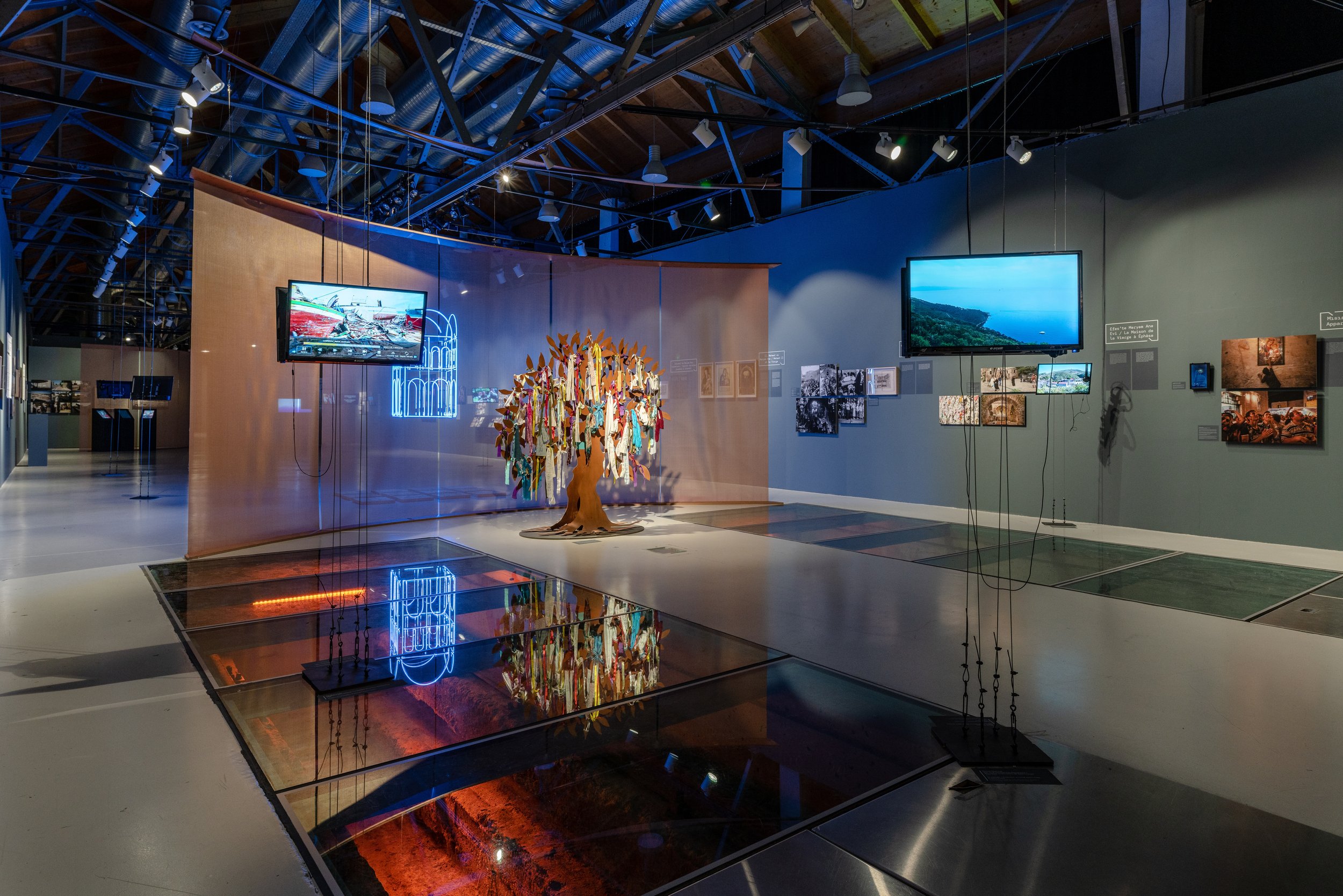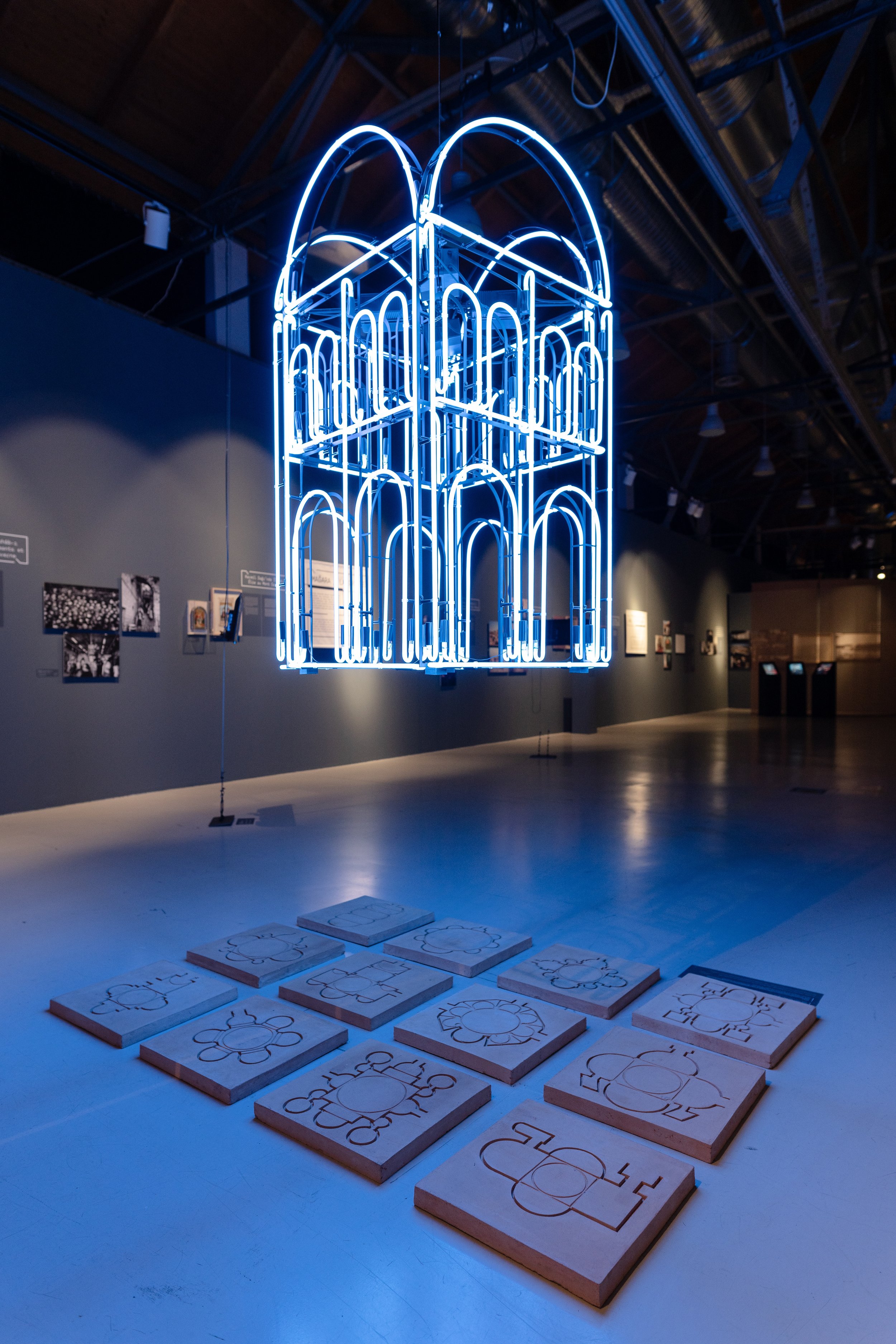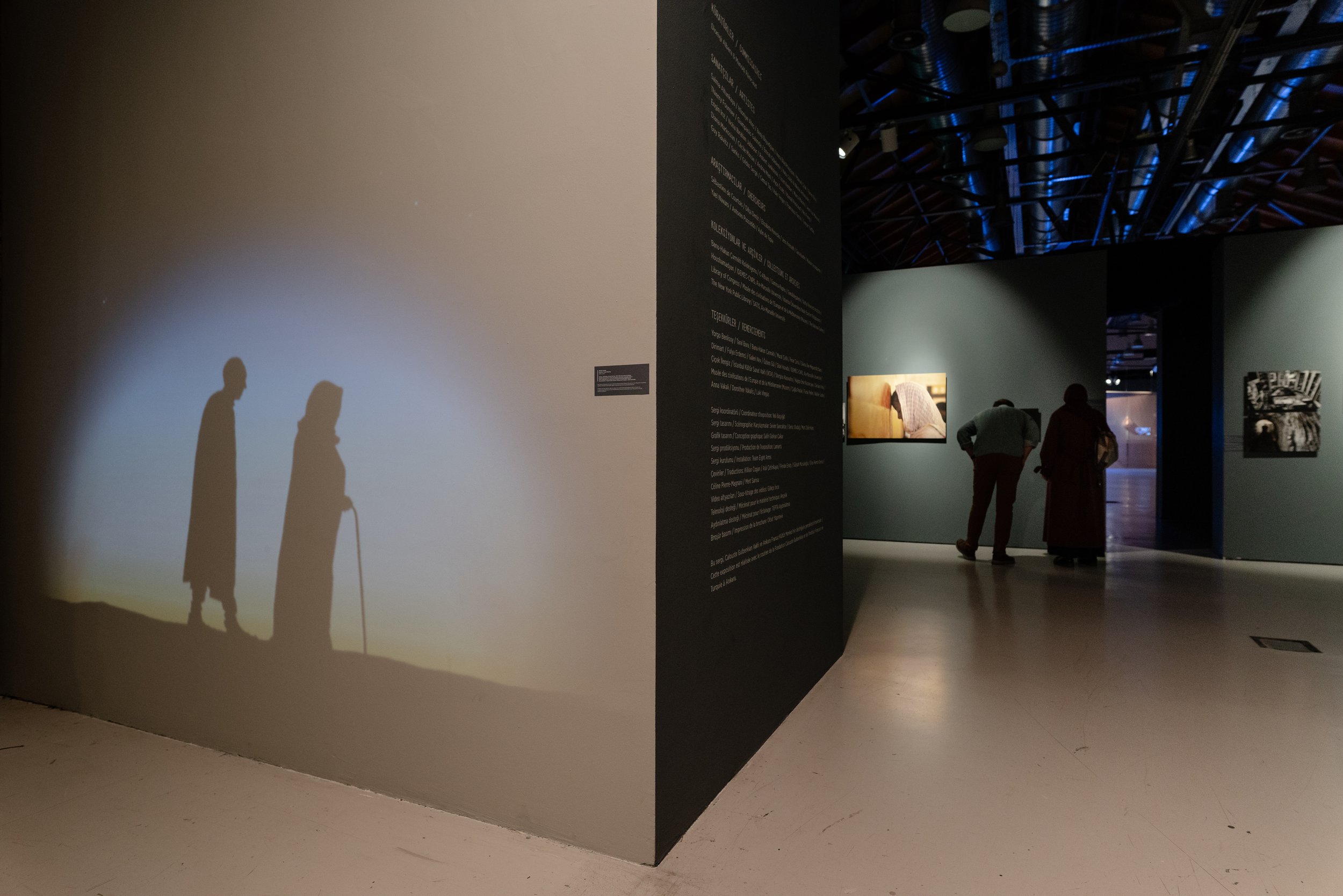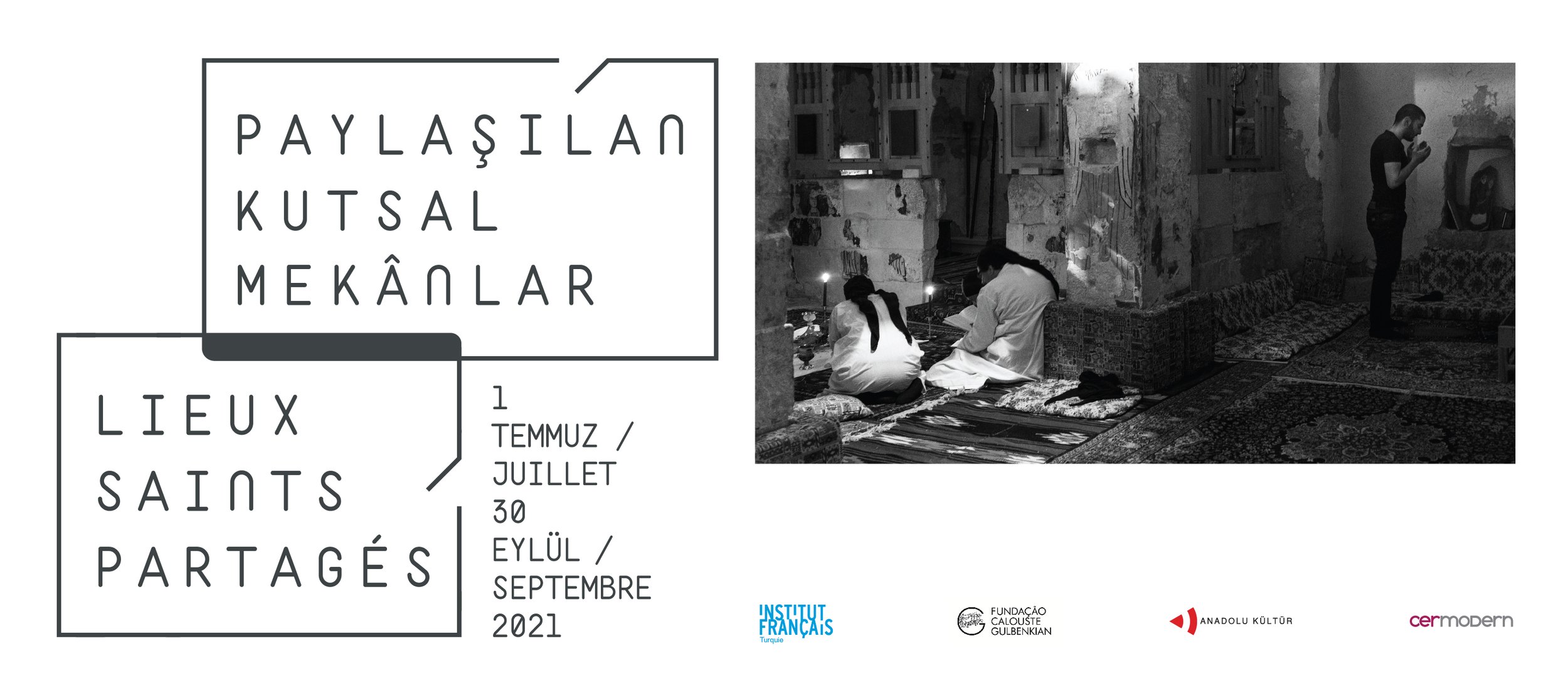PaylaSIlan Kutsal Mekânlar
Shared sacred Sites
CerModern
Ankara, turkey
(July 1st – Sept. 30, 2021)
-
Dionigi Albera (CNRS)
Manoël Pénicaud (CNRS)
with the great support of Veli Başyiğit (Anadolu Kültür, Exhibition coordinator)
-
Karşılaşmalar x Sevim Sancaktar x Deniz Uludağ x Mert Zafer Kara
-
Anadolu Kültür
Institut Français de Turquie
Ambassade de France en Turquie
Calouste Gulbenkian Foundation
-
Thomas Allom, Saima Altunkaya, Hüsniye Ateş, Benji Boyadgian, Hera Büyüktaşçıyan, Thierry Fournier, Giampaolo Galenda, Emrah Gökdemir, Nele Guelck & Nikolai Antiniadis, Engin Irız, Noha Ibrahim Jabbour (reproduction), Robert Jankuloski, Izzet Keribar, Elizabeta Koneska, Jens Kreinath, Sara Kuehn, Cynthia Madansky, Marco Maïone, Jean-Luc Manaud, Diàna Markosian, Cécile Massie, Andrea Merli, Ossamah Musleh (reproduction), Ayse Özalp, Manoël Pénicaud, Nira Pereg, Antonio Pusceddu, Guy Raivitz, Sarkis, Gildas Sergé, Aylin de Tapia, Cemal Taş, Hale Tenger, Franco Tuccio, Gençer Yurttaş
about the exHibit
-
The Shared Sacred Sites project examines various locations in the Mediterranean, the Middle East, and the Balkans where the three Abrahamic religions have coexisted. The sites represented in the exhibition are examples from a vast geographic territory spanning France to Morocco, Turkey to Egypt. The project argues that cross-cultural coexistence has been a viable way forward, out of the essentialism, isolationism, and hatred that have often characterized the present day. Despite theological differences, the three religions share several elements regarding beliefs, rites, holy figures and sites. However, these crossovers are not devoid of ambiguity and can sometimes lead to conflict. Thus, The Mediterranean world offers many examples of sharing, partition, and division.
Paylaşılan Kutsal Mekânlar / Shared Sacred Sites explores this phenomenon by locating it through various examples in different contexts and by highlighting the entangled places and practices, symbols and figures that define it. Istanbul is ideally positioned to tell the story of Shared Sacred Sites, not only because the three monotheistic religions have historically flourished here but also cohabited for centuries through the Byzantine and Ottoman periods.
By combining contemporary art, photography, ethnographic material and digital media, the exhibition highlights the multisensory experience of pilgrimage and “sharing the sacred,” the visually compelling dimension of sacred sites and landscapes in the Balkans, the Mediterranean, and Istanbul’s rich and multilayered pas of religious diversity and co-existence.
-
-
-
Al-Monitor : « Ankara to host interfaith dialogue expo as Hagia Sophia controversy heats up », August 4, 2020
Kontrast: « Sergi: Ankara, CerModern, Paylaşılan Kutsal Mekânlar », September 9, 2021
Unlimited: « Paylaşılan kutsal mekânlar », September 9, 2021
Mimarlik: « Kesişmeler ve Katmanlar: Paylaşılan Kutsal Mekânlar Sergisi », 421, September-October 2021, 32-34
photos
